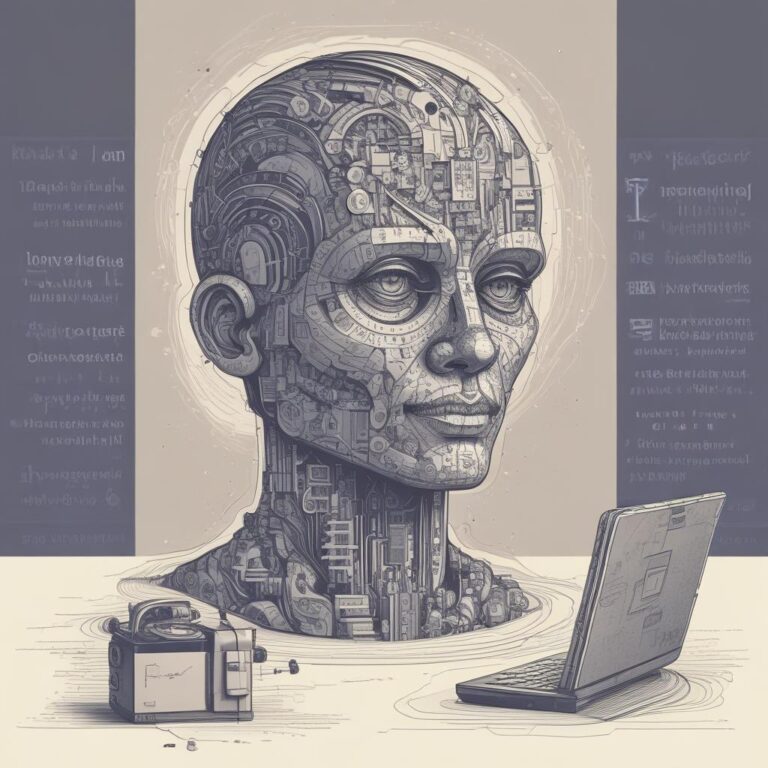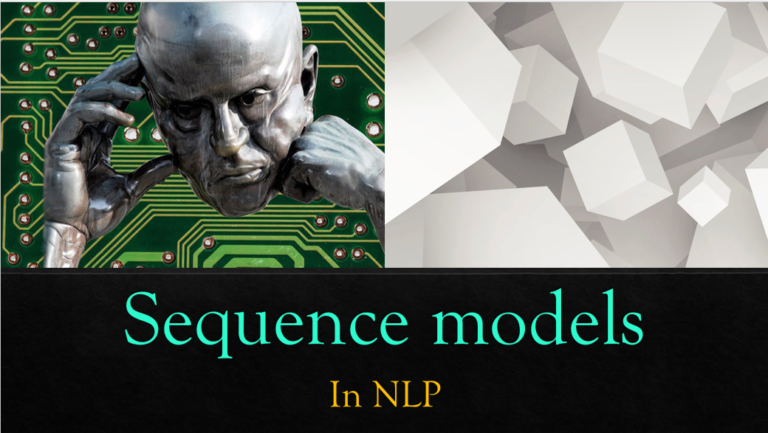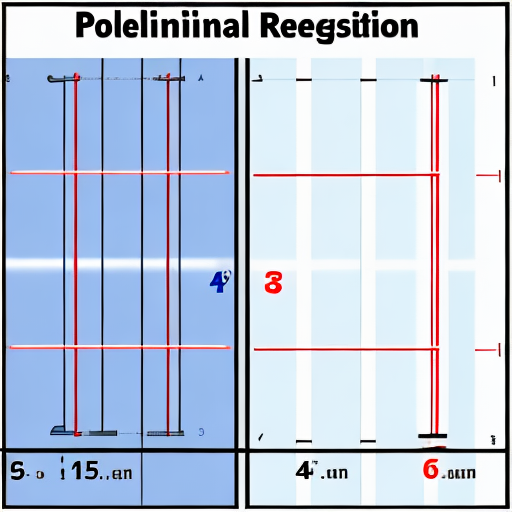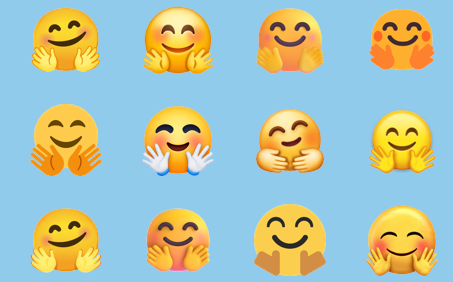Applied AI (Data Sciences)
Hi, Welcome back!
NLP Basics:
- Introduction to Natural Language Processing (NLP) and its applications.
- Fundamentals of text preprocessing, including tokenization, stemming, and lemmatization.
- Basic techniques for text representation, such as bag-of-words and TF-IDF.
- Introduction to fundamental NLP tasks, including text classification, named entity recognition, and sentiment analysis.
- Overview of popular NLP libraries and tools like NLTK (Natural Language Toolkit) and spaCy.
- Hands-on exercises and projects to apply foundational concepts in NLP.
Sequence Models in NLP (RNN/LSTM/GRUs):
- Introduction to sequence modeling and its importance in NLP tasks.
- Overview of recurrent neural networks (RNNs) and their architecture for processing sequential data.
- Detailed explanation of Long Short-Term Memory (LSTM) and Gated Recurrent Unit (GRU) architectures, addressing the vanishing gradient problem.
- Exploration of applications of RNNs, LSTMs, and GRUs in various NLP tasks, including text generation, machine translation, and sentiment analysis.
- Hands-on implementation of RNNs, LSTMs, and GRUs using deep learning frameworks like TensorFlow or PyTorch.
- Evaluation and optimization techniques for improving the performance of sequence models in NLP tasks.
Advanced Networks like Transformer and BERT:
- Introduction to the Transformer architecture and its revolutionary impact on NLP.
- In-depth exploration of self-attention mechanisms and multi-head attention in Transformer models.
- Overview of pre-trained Transformer-based models like BERT (Bidirectional Encoder Representations from Transformers) and GPT (Generative Pre-trained Transformers).
- Explanation of pre-training objectives and fine-tuning strategies for transfer learning with Transformer models.
- Discussion on recent advancements and variants of Transformer architectures, including XLNet, T5, and RoBERTa.
- Hands-on labs and projects to implement and fine-tune Transformer-based models for various NLP tasks, such as text classification, question answering, and language generation.
NLP using Hugging Face:
- Introduction to the Hugging Face library and its role in simplifying NLP workflows.
- Overview of Hugging Face’s Transformers library, providing access to pretrained models for NLP tasks.
- Exploration of Hugging Face pipelines for performing common NLP tasks like text generation, sentiment analysis, and named entity recognition with minimal code.
- Introduction to model fine-tuning and transfer learning techniques using Hugging Face’s Trainer API.
- Hands-on tutorials and projects demonstrating how to leverage Hugging Face for building and deploying NLP applications efficiently.
- Advanced topics like model distillation, model compression, and deployment strategies using Hugging Face Transformers.




